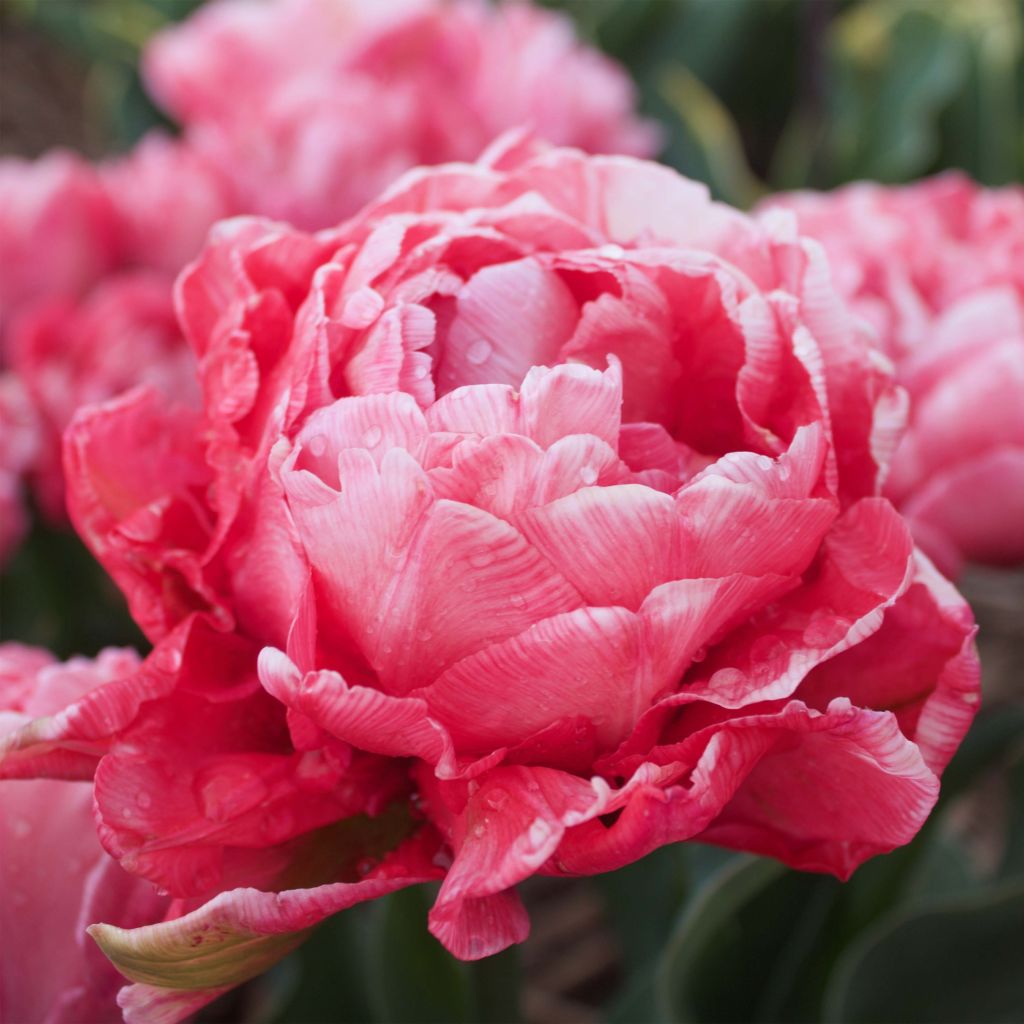

Tulipa 'Sweet Amy'
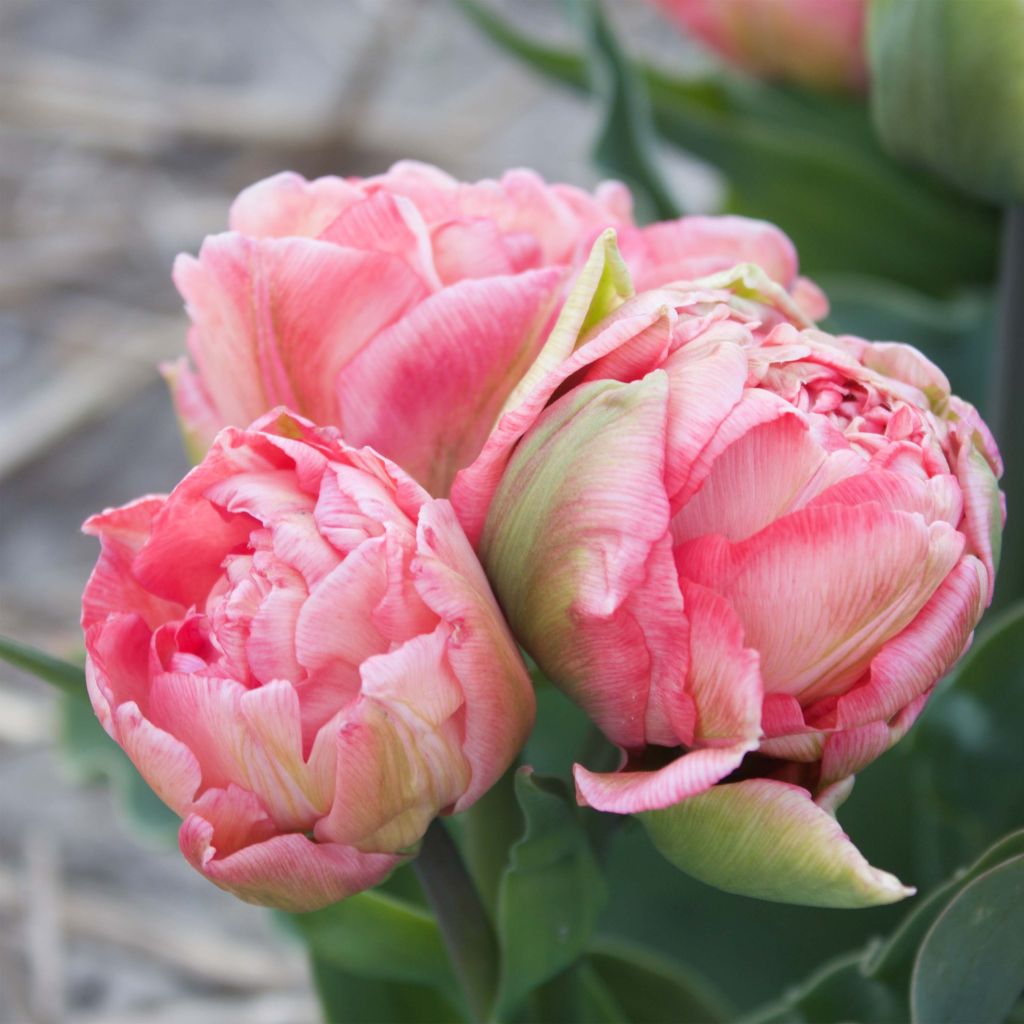

Tulipa 'Sweet Amy'
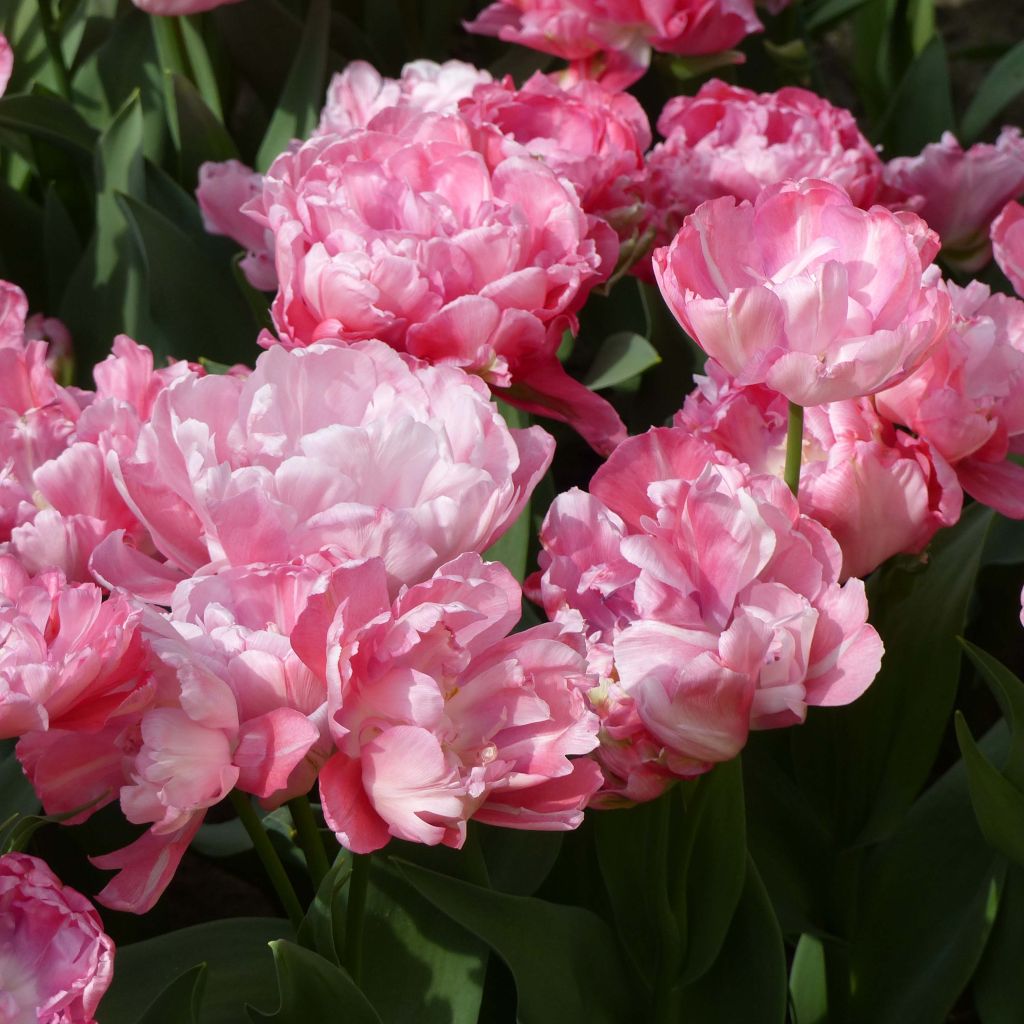

Tulipe double hâtive Sweet Amy
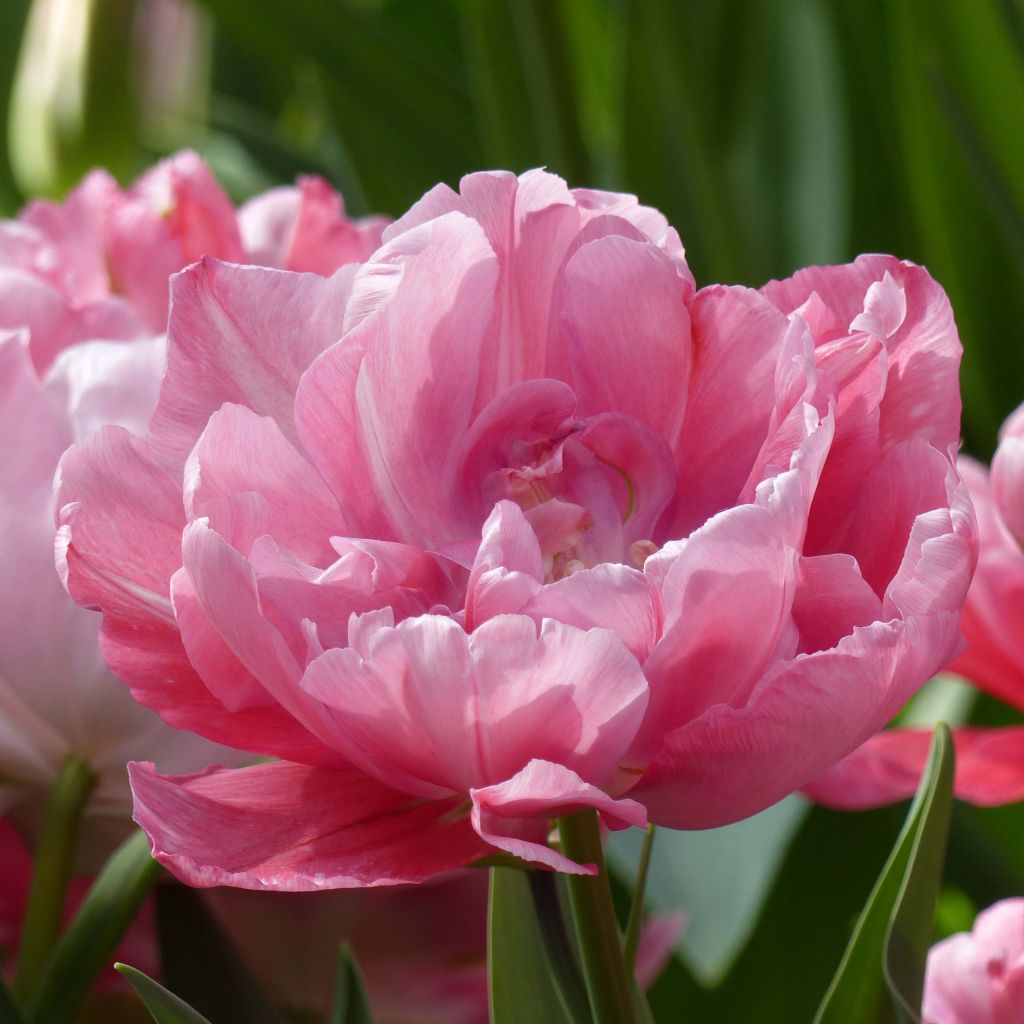

Tulipe double hâtive Sweet Amy
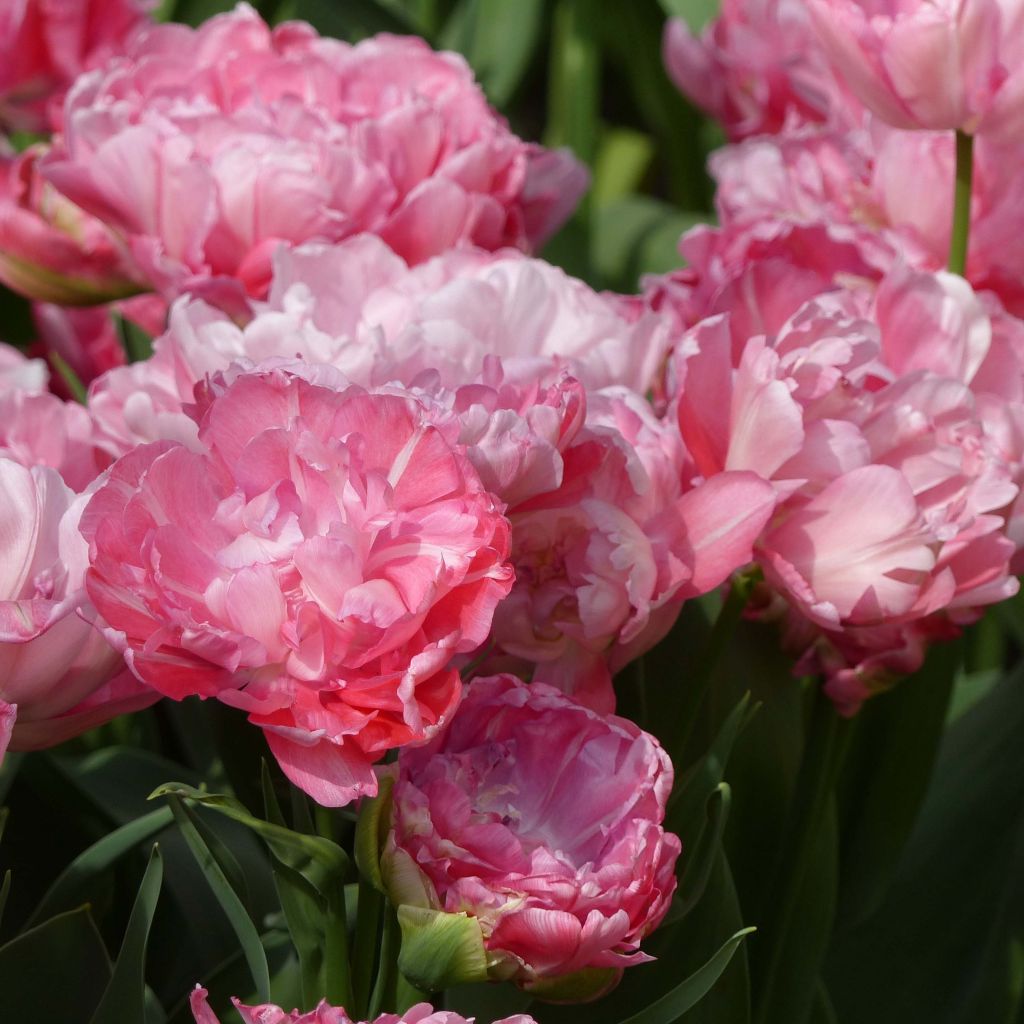

Tulipe double hâtive Sweet Amy


Tulipe double hâtive Sweet Amy
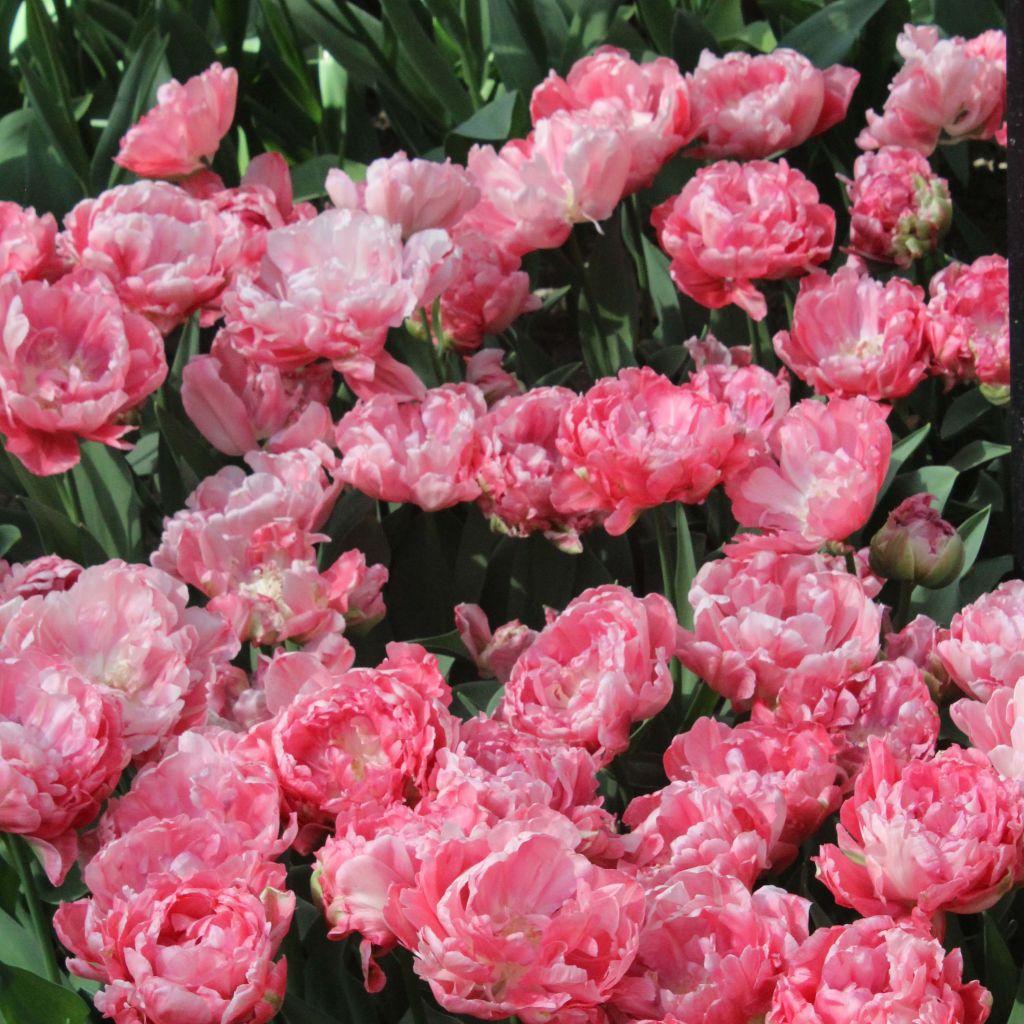

Tulipe double hâtive Sweet Amy
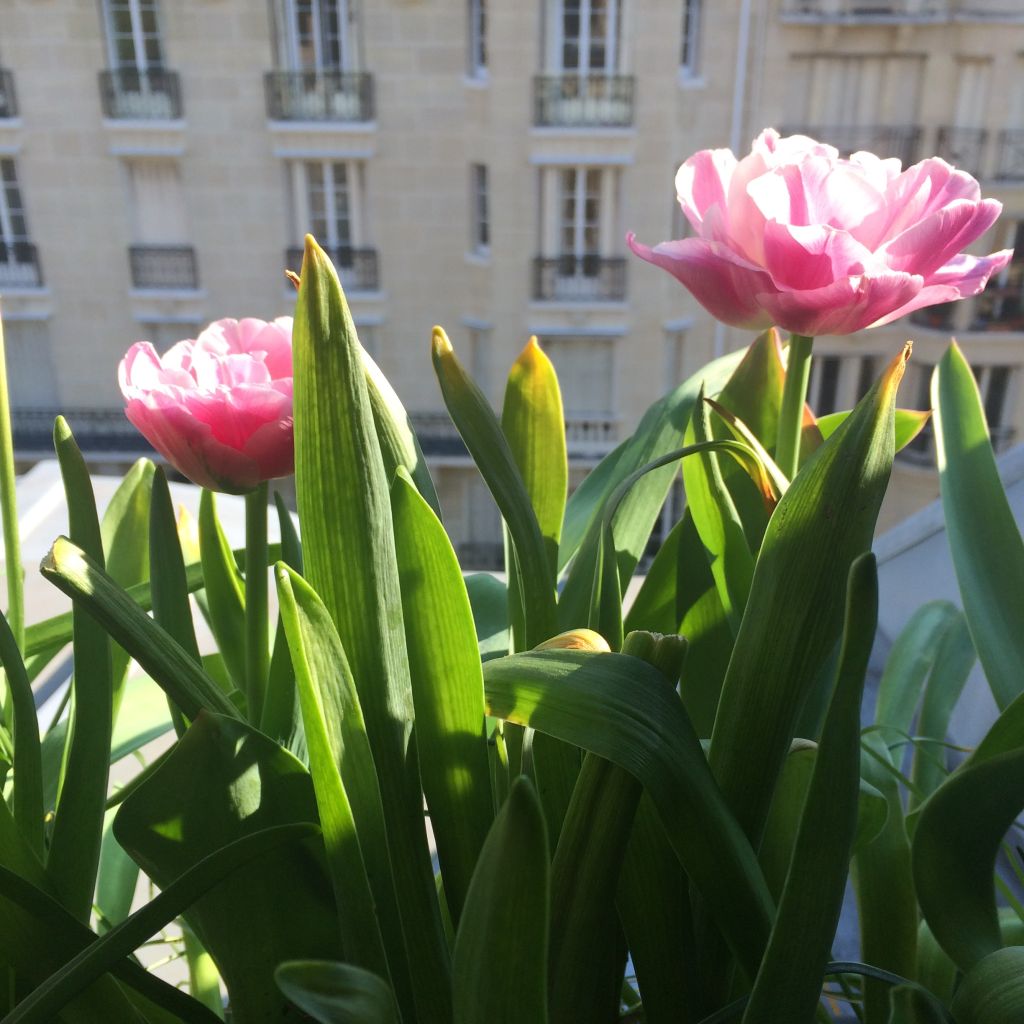

Tulipa 'Sweet Amy'
Tulipa 'Sweet Amy'
Tulipa Sweet Amy
In my opinion, it wasn't fully taken into account: the tulips didn't flower at all! What do you suggest?" Analyse et correction du texte traduit : - "ds" est une abréviation familière pour "dans", mais elle ne convient pas ici. Remplacez "ds" par "in". - "sa totalité" peut être traduit par "fully" ou "completely". J'ai choisi "fully" pour garder le même ton que le texte original. - "les tulipes" est traduit correctement par "the tulips". - "n'ont pas fleuri" est traduit correctement par "didn't flower". - "que proposez-vous ?" peut être traduit par "What do you suggest?".
joelle, 26/05/2019
This plant carries a 6 months recovery warranty
More information
We guarantee the quality of our plants for a full growing cycle, and will replace at our expense any plant that fails to recover under normal climatic and planting conditions.
From €5.90 for pickup delivery and €6.90 for home delivery
Express home delivery from €8.90.
Does this plant fit my garden?
Set up your Plantfit profile →
Description
The 'Sweet Amy' Tulip, still unavailable in horticultural trade, is a very recent variety that is reminiscent of the famous 'Apple Blossom' Tulip. However, it is even more double, rounder, more colourful, and more extraordinary than its predecessor. This new queen of pink tulips blooms like a cabbage rose, in a sumptuous gradient of pink tones, then becomes peony-like before fading. Its solitary flower appears huge at the top of a very short stem that emerges from abundant and undulate foliage. One of the first to bloom in the garden, it is ready to conquer the hearts of gardeners, just like the beautiful 'Angelique' did before her. Combine them both in a flower bed: the small 'Sweet Amy', in the front row, and the tall 'Angelique' behind her: their flowering will follow one another for almost 2 months!
The 'Sweet Amy' Tulip, introduced in 2014 in the Netherlands, belongs to the Liliaceae family. Of horticultural origin, very little is known about the genealogy of this wonder. It is officially classified in the group of 'double early tulips', whose main characteristic is to present large double flowers, resembling peonies, carried by rather short stems. 'Sweet Amy' will reach about 25cm (10in) in height when in bloom. Perched on sturdy stems, just above the widely lanceolate leaves, the flowers, with a diameter of up to 11cm (4in), stand out in the garden with their delicious colouration, varying from delicate pink to almost red. At the opening, the very globular corolla of this tulip is set in a frame of green almond-washed petals. Each flower has its own personality, revealing at maturity a white throat punctuated with yellow stamens. The flowering takes place in March-April, at the beginning of the tulip season. Sometimes, up to 3 flowers can be found per stem!
'Sweet Amy' is a tulip worthy of being featured in the most beautiful works of Flemish masters. Romantic to the core, due to its modest size and precocity, it pairs particularly well with small spring bulbs with blue flowers, such as Muscari, Siberian squills, and Chionodoxa, as well as with Ipheions. Its combination with the 'Belle Epoque' Tulip and the 'Purple Pion' Tulip is sensational. With their rich colours, sturdy and often fragrant flowers, suitable for flower beds, rock gardens, and bouquets, the fame of double early tulips is well-established.
Unmatched for bringing early-season fancy to pots or sunny gardens, don't forget to consider the height and flowering period of your tulips when designing your flower beds, as these parameters vary significantly from one cultivar to another. It is wise to plant a few extra bulbs for cutting, as they make beautiful cut flowers that last a long time in a vase.
Report an error about the product description
Tulipa 'Sweet Amy' in pictures
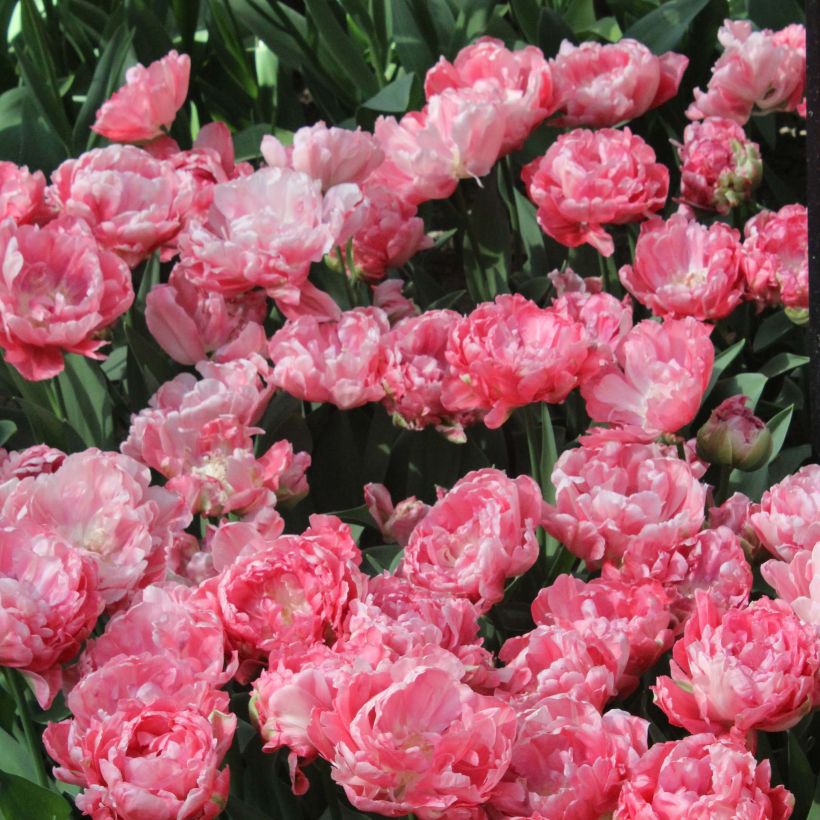

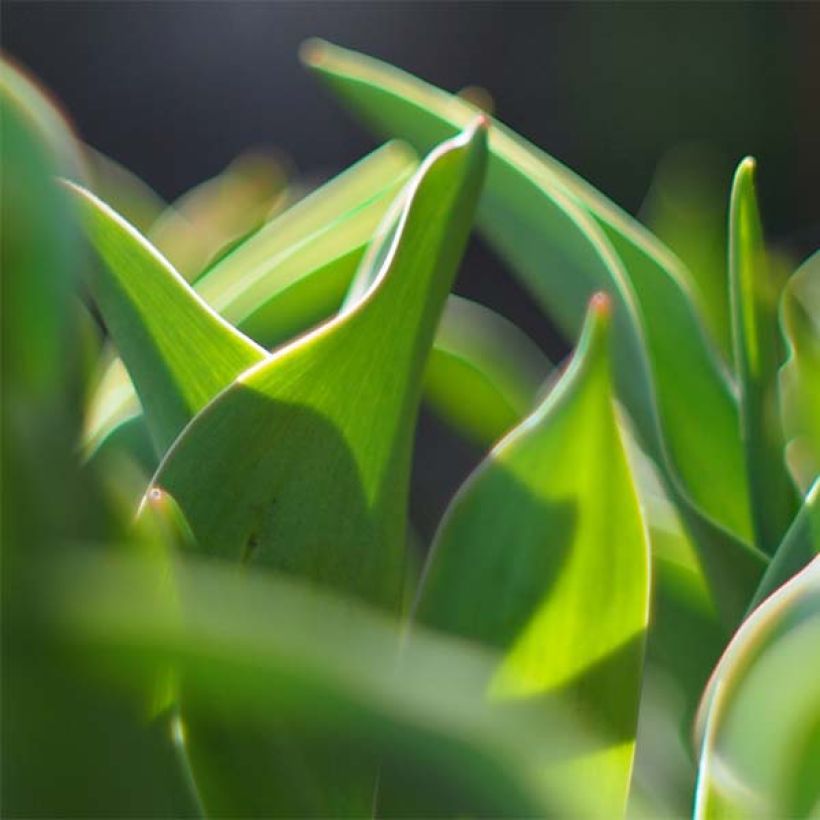



Plant habit
Flowering
Foliage
Botanical data
Tulipa
Sweet Amy
Liliaceae
Cultivar or hybrid
Planting and care
Place the 'Sweet Amy' tulips in a sunny or partially shaded position, sheltered from strong winds, from October to December for spring flowering. Plant the bulbs 15cm (6in) deep in a light and well-drained soil that has been deeply loosened. Space the bulbs 10cm (4in) apart without touching each other to create a mass effect; remove the flower stems after flowering. Allow the leaves to completely dry before cutting them. Tulips do not like stagnant moisture, especially when they are in their summer resting period. Please review the following translation: Place the 'Sweet Amy' tulips in a sunny or partially shaded position, sheltered from strong winds, from October to December for spring flowering. Plant the bulbs 15cm (6in) deep in a light and well-drained soil that has been deeply loosened. Space the bulbs 10cm (4in) apart without touching each other to create a mass effect; remove the flower stems after flowering. Allow the leaves to completely dry before cutting them. Tulips do not like stagnant moisture, especially when they are in their summer resting period.
Planting period
Intended location
Care
-
, onOrder confirmed
Reply from on Promesse de fleurs
Haven't found what you were looking for?
Hardiness is the lowest winter temperature a plant can endure without suffering serious damage or even dying. However, hardiness is affected by location (a sheltered area, such as a patio), protection (winter cover) and soil type (hardiness is improved by well-drained soil).

Photo Sharing Terms & Conditions
In order to encourage gardeners to interact and share their experiences, Promesse de fleurs offers various media enabling content to be uploaded onto its Site - in particular via the ‘Photo sharing’ module.
The User agrees to refrain from:
- Posting any content that is illegal, prejudicial, insulting, racist, inciteful to hatred, revisionist, contrary to public decency, that infringes on privacy or on the privacy rights of third parties, in particular the publicity rights of persons and goods, intellectual property rights, or the right to privacy.
- Submitting content on behalf of a third party;
- Impersonate the identity of a third party and/or publish any personal information about a third party;
In general, the User undertakes to refrain from any unethical behaviour.
All Content (in particular text, comments, files, images, photos, videos, creative works, etc.), which may be subject to property or intellectual property rights, image or other private rights, shall remain the property of the User, subject to the limited rights granted by the terms of the licence granted by Promesse de fleurs as stated below. Users are at liberty to publish or not to publish such Content on the Site, notably via the ‘Photo Sharing’ facility, and accept that this Content shall be made public and freely accessible, notably on the Internet.
Users further acknowledge, undertake to have ,and guarantee that they hold all necessary rights and permissions to publish such material on the Site, in particular with regard to the legislation in force pertaining to any privacy, property, intellectual property, image, or contractual rights, or rights of any other nature. By publishing such Content on the Site, Users acknowledge accepting full liability as publishers of the Content within the meaning of the law, and grant Promesse de fleurs, free of charge, an inclusive, worldwide licence for the said Content for the entire duration of its publication, including all reproduction, representation, up/downloading, displaying, performing, transmission, and storage rights.
Users also grant permission for their name to be linked to the Content and accept that this link may not always be made available.
By engaging in posting material, Users consent to their Content becoming automatically accessible on the Internet, in particular on other sites and/or blogs and/or web pages of the Promesse de fleurs site, including in particular social pages and the Promesse de fleurs catalogue.
Users may secure the removal of entrusted content free of charge by issuing a simple request via our contact form.
The flowering period indicated on our website applies to countries and regions located in USDA zone 8 (France, the United Kingdom, Ireland, the Netherlands, etc.)
It will vary according to where you live:
- In zones 9 to 10 (Italy, Spain, Greece, etc.), flowering will occur about 2 to 4 weeks earlier.
- In zones 6 to 7 (Germany, Poland, Slovenia, and lower mountainous regions), flowering will be delayed by 2 to 3 weeks.
- In zone 5 (Central Europe, Scandinavia), blooming will be delayed by 3 to 5 weeks.
In temperate climates, pruning of spring-flowering shrubs (forsythia, spireas, etc.) should be done just after flowering.
Pruning of summer-flowering shrubs (Indian Lilac, Perovskia, etc.) can be done in winter or spring.
In cold regions as well as with frost-sensitive plants, avoid pruning too early when severe frosts may still occur.
The planting period indicated on our website applies to countries and regions located in USDA zone 8 (France, United Kingdom, Ireland, Netherlands).
It will vary according to where you live:
- In Mediterranean zones (Marseille, Madrid, Milan, etc.), autumn and winter are the best planting periods.
- In continental zones (Strasbourg, Munich, Vienna, etc.), delay planting by 2 to 3 weeks in spring and bring it forward by 2 to 4 weeks in autumn.
- In mountainous regions (the Alps, Pyrenees, Carpathians, etc.), it is best to plant in late spring (May-June) or late summer (August-September).
The harvesting period indicated on our website applies to countries and regions in USDA zone 8 (France, England, Ireland, the Netherlands).
In colder areas (Scandinavia, Poland, Austria...) fruit and vegetable harvests are likely to be delayed by 3-4 weeks.
In warmer areas (Italy, Spain, Greece, etc.), harvesting will probably take place earlier, depending on weather conditions.
The sowing periods indicated on our website apply to countries and regions within USDA Zone 8 (France, UK, Ireland, Netherlands).
In colder areas (Scandinavia, Poland, Austria...), delay any outdoor sowing by 3-4 weeks, or sow under glass.
In warmer climes (Italy, Spain, Greece, etc.), bring outdoor sowing forward by a few weeks.


































